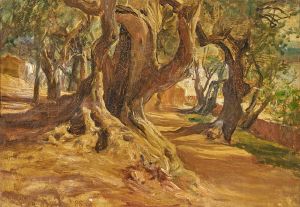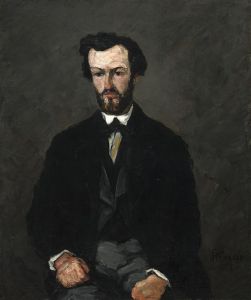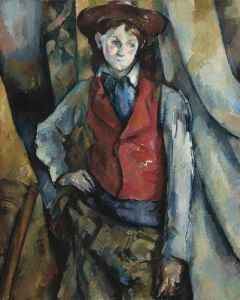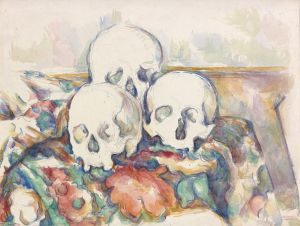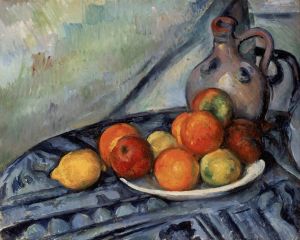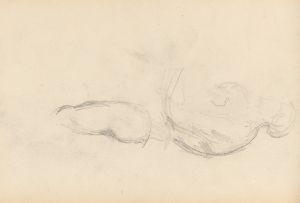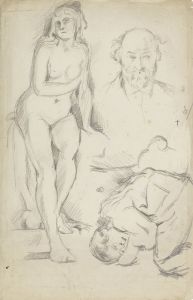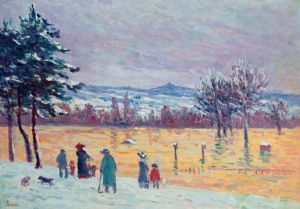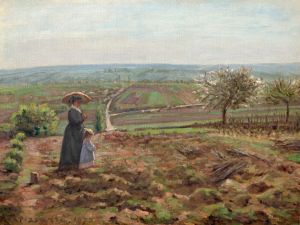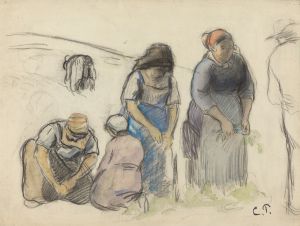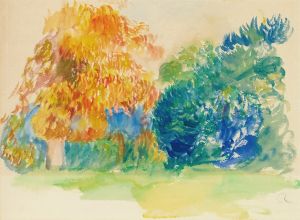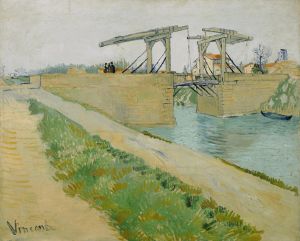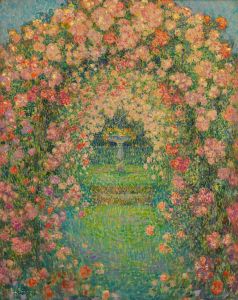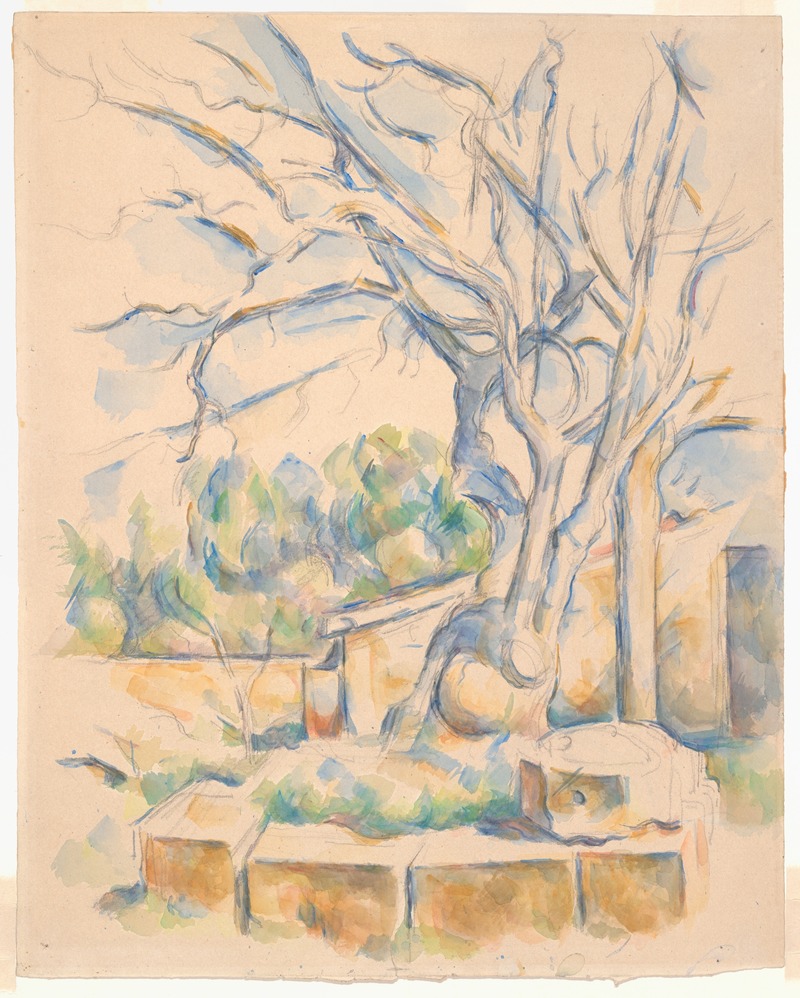
Pistachio Tree at Château Noir
A hand-painted replica of Paul Cézanne’s masterpiece Pistachio Tree at Château Noir, meticulously crafted by professional artists to capture the true essence of the original. Each piece is created with museum-quality canvas and rare mineral pigments, carefully painted by experienced artists with delicate brushstrokes and rich, layered colors to perfectly recreate the texture of the original artwork. Unlike machine-printed reproductions, this hand-painted version brings the painting to life, infused with the artist’s emotions and skill in every stroke. Whether for personal collection or home decoration, it instantly elevates the artistic atmosphere of any space.
Paul Cézanne's "Pistachio Tree at Château Noir" is an exemplary work that showcases the artist's innovative approach to landscape painting. Created around 1900, this painting is part of Cézanne's later period, during which he focused extensively on capturing the essence of the natural world through his unique perspective. The painting is one of several works that Cézanne produced featuring the Château Noir, a location near Aix-en-Provence in the south of France, where he spent considerable time painting.
Cézanne's work is characterized by his distinctive brushwork and his ability to convey the structure and form of the landscape through color and composition. In "Pistachio Tree at Château Noir," Cézanne employs a palette of earthy tones and greens, capturing the rugged terrain and the distinctive pistachio tree that dominates the foreground. The tree itself is rendered with a sense of solidity and presence, its twisting branches and dense foliage depicted with a combination of bold brushstrokes and subtle gradations of color.
The Château Noir, visible in the background, is painted with Cézanne's typical attention to geometric form and spatial relationships. The building is integrated into the landscape, its angular shapes contrasting with the organic forms of the surrounding trees and hills. This interplay between natural and man-made elements is a recurring theme in Cézanne's work, reflecting his interest in the underlying structure of the world around him.
Cézanne's approach to painting was revolutionary for his time, laying the groundwork for the development of modern art. His emphasis on the fundamental shapes and forms within a scene, rather than on the details, influenced many subsequent artists, including the Cubists. In "Pistachio Tree at Château Noir," one can see the beginnings of this shift towards abstraction, as Cézanne breaks down the landscape into a series of interlocking planes and volumes.
The painting also reflects Cézanne's deep connection to the Provençal landscape, which was a constant source of inspiration throughout his career. The region's unique light and varied topography provided Cézanne with endless opportunities to explore the interplay of color, light, and form. "Pistachio Tree at Château Noir" is a testament to this enduring fascination, capturing the essence of the landscape with a sense of immediacy and vitality.
Today, "Pistachio Tree at Château Noir" is recognized as a significant work within Cézanne's oeuvre, exemplifying his mature style and his contributions to the evolution of modern art. The painting is held in high regard by art historians and continues to be studied for its innovative approach to composition and its influence on later artistic movements. Cézanne's ability to convey the underlying structure of the natural world through his distinctive use of color and form remains a powerful testament to his artistic vision and enduring legacy.





